The coati, also known as the coatimundi, is a medium-sized, tree-climbing mammal found in South America, Central America, and south-western North America. Coatis have a long, rather pig-like snout which gives them the nickname “the hog-nosed raccoon.” There are four species of coati: the white-nosed coati, the South American coati, the eastern mountain coati, and western mountain coati. Read on to learn more about the Coati.
Description of the Coati
Although the species vary in color, the usual coloration is an orange or reddish to dark brown, sometimes close to black. Their underside and short, rounded ears are often much paler, and they have black paws. Coatis have a strikingly elongated snout and long tail, both are often a different color to the main body, sometimes with rings or bands of contrasting colors. They usually carry their tails erect when they walk with their bear-like gait.
Their front feet have long, blunt, and slightly curved claws, whereas the back feet have shorter claws. They have webbing between their toes making them powerful swimmers. Males are almost twice as large as females and both sexes have long, very sharp canine teeth.
Interesting Facts About the Coati
Coatis are intelligent and highly adaptable animals. They climb and forage both in trees and on the ground. This means they have several interesting adaptations.
- Snout – Long and flexible – it can be rotated up to 60° in any direction.
- Ankles – These are double-jointed, and can rotate beyond 180° when climbing down trees head-first.
- Feeding Behavior – South American coatis eat tarantulas, after rolling them about to remove their irritating hairs.
- Tail – Coatis have a long tail which, although it cannot grip objects, is used like a balancing pole when climbing about in trees.
- Group Noun – A group of coatis is known as a “band.”
Habitat of the Coati
Coatis are generally moist or tropical rain forest dwellers. However, within their range, they may occupy any wooded habitat up to 9,850 ft (3,000 m). This includes temperate oak and pine forests, and lowland tropical rain forests. They are sometimes found in savannas and deserts.
Distribution of the Coati
- White-nosed coati: Mexico, Central America, Southwestern United States, and Colombia
- South American coati: South America
- Eastern mountain coati: Venezuela
- Western mountain coati: Colombia and Ecuador
Diet of the Coati
Coatis are omnivores, with a highly varied diet of small vertebrate prey (lizards, rodents, birds, bird eggs, and crocodile eggs), ground-litter invertebrates, and fruit. They have a great sense of smell, and they use their snouts to root the ground in a pig-like manner to unearth invertebrates. They also dig up food with their powerful paws and claws. They travel about a mile (1.5 km) each day foraging for food.
Coati and Human Interaction
Coatis have been studied extensively in some areas. As a result of this, the coatis in these areas have become used to humans, and do not run away if approached. Coatis are sometimes eaten by humans, and population densities dramatically drop with increased human hunting. They are captured and sold as pets, even though they do not make good pets. The coati can cause damage to crops and houses, and sometimes kill chickens.
Domestication
Although coatis have been tamed, they have not been domesticated.
Does the Coati Make a Good Pet
Coatis can be very affectionate and loving pets. They are puppy-like when young. However, although it is relatively easy to bond with a youngster, it can be enormously challenging if an older adult is acquired which is not bonded to you. Because of their high energy and strength, they can injure other pets (cats, dogs) or humans when playing with them, and they can transmit diseases.
Coati Care
A minimum cage size of 5 x 10 ft (1.5 x 3.0 m) is recommended. The cage should be filled with hammocks and branches for climbing on, and toys, such as bells and squeaky dog chews. Coatis are very energetic animals and must not be left in a small cage all day and night without ample time outside.
Behavior of the Coati
Coatis often choose to sleep or rest in elevated places, such as the forest canopy, in which they construct crude nests. Some species of coatis are active during daylight hours (diurnal), but others are active during the night (nocturnal).
Female coatis live with their youngsters in groups of 10-30 individuals, this group being called a “band.” When a band is moving about or foraging, they are very noisy and communicate their intentions or moods with a wide range of grunts, snorts, and chirps. Adult males are solitary, only joining with females to mate.
Coatis are very skilled climbers and use their long tails to help them balance. However, most foraging is done on the ground, where they search through the leaf-litter for food.
Reproduction of the Coati
Coatis breed at the start of the rainy season, when food is abundant. One male joins the band and mates with all receptive females. Once pregnant, the female leaves the band and builds a nest, usually high in the trees or on a rocky ledge. After a pregnancy (gestation period) of nearly three months, she gives birth to 2-7 babies, called “kittens.”
Young coatis open their eyes at around ten days of age, they can stand around day 19, and walk well by day 24. They learn to climb shortly afterwards, at about 26 days of age. When the kittens are about 6-10 weeks old, they rejoin the band along with their mother, where other mothers help in co-operative care.

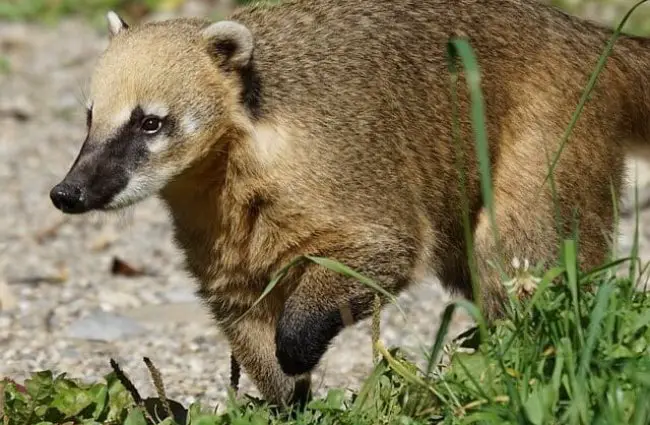
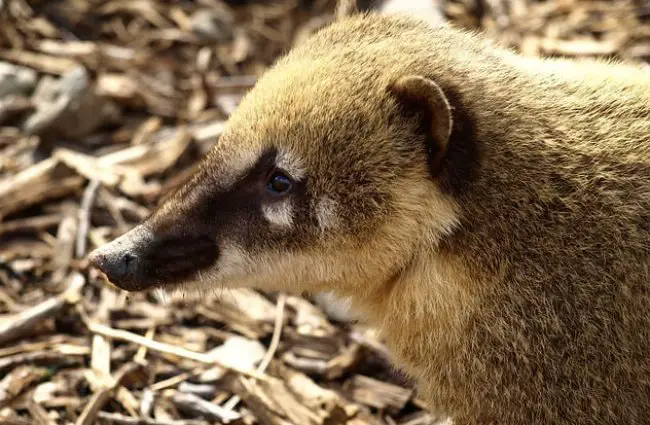
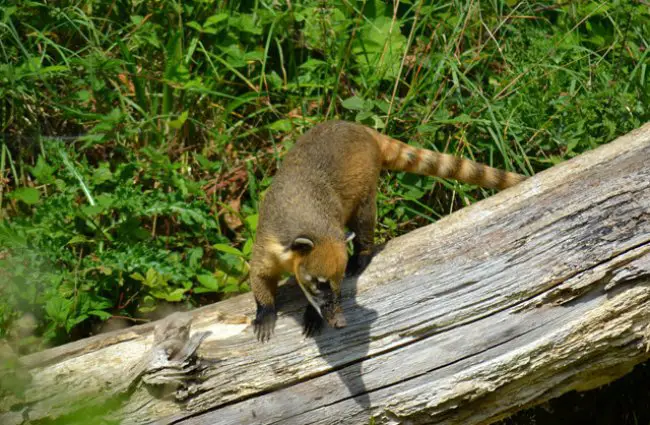

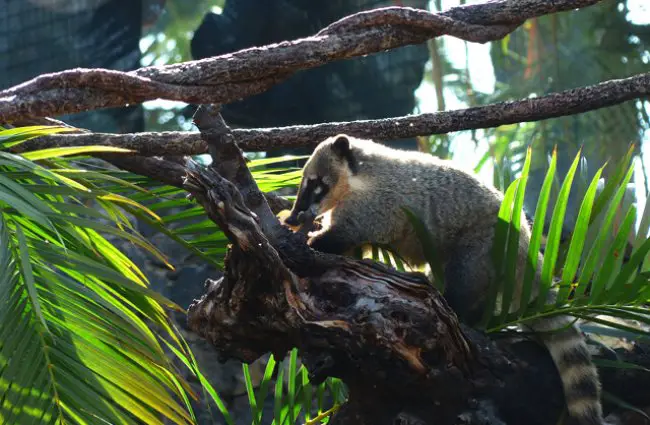
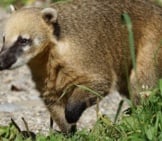
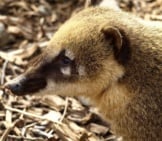



![Red Angus Closeup of a beautiful Red Angus cowPhoto by: U.S. Department of Agriculture [pubic domain]https://creativecommons.org/licenses/by/2.0/](https://animals.net/wp-content/uploads/2020/03/Red-Angus-4-238x178.jpg)












![Red Angus Closeup of a beautiful Red Angus cowPhoto by: U.S. Department of Agriculture [pubic domain]https://creativecommons.org/licenses/by/2.0/](https://animals.net/wp-content/uploads/2020/03/Red-Angus-4-100x75.jpg)

